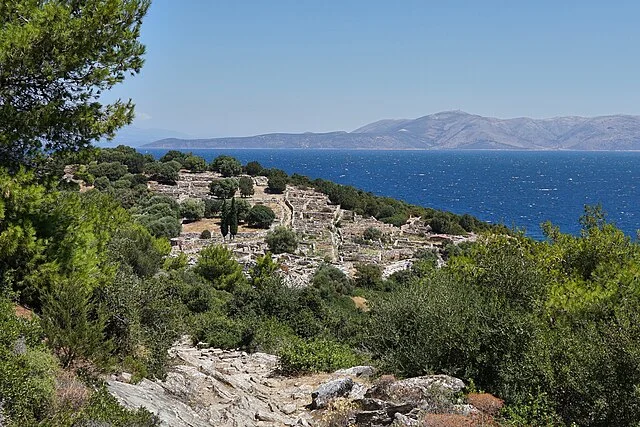Rhamnous was an ancient city located in the northeastern part of Attica, Greece. It served as a significant military and religious center. The city was named after the thorny shrub “rhamnus,” which grew in abundance in the area. Known primarily for its sanctuary dedicated to Nemesis, the goddess of retribution, Rhamnous played a crucial role in the protection of Athens due to its strategic coastal location.
Get your dose of History via Email
Historical Importance
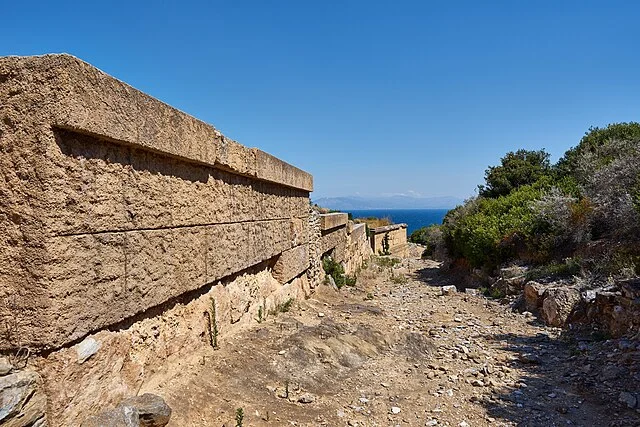
Rhamnous had great military importance. Its fortified location allowed the Athenians to control and protect the sea route to Euboea and the northern Aegean. During the Peloponnesian War (431–404 BC), the city’s defenses were critical. Its location on the Euboean Gulf provided a lookout over vital shipping routes, helping protect Athens from seaborne invasions.
Sanctuary of Nemesis

The most notable feature of Rhamnous is the Sanctuary of Nemesis. Nemesis, often regarded as the goddess who enacted divine punishment on those guilty of hubris, was deeply revered in this region. The temple of Nemesis, constructed in the 5th century BC, was a Doric-style structure. Archaeologists discovered a large marble statue of the goddess, attributed to the sculptor Agoracritus, a student of Phidias.
Fortifications and Military Role
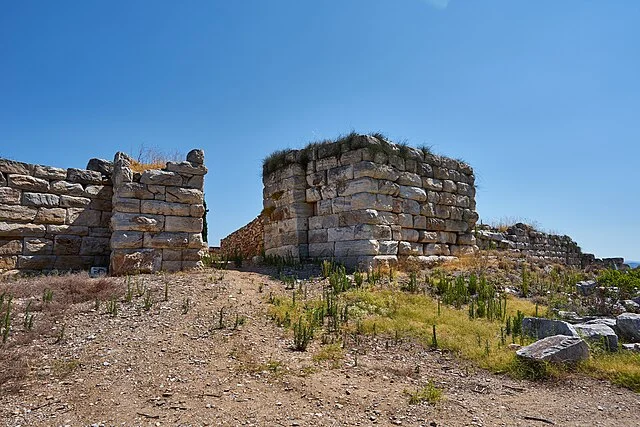
Rhamnous had impressive fortifications. These walls were built in the late 5th century BC and enhanced during the 4th century BC. The city’s location on a steep hill made it a natural fortress. Its defensive walls and towers safeguarded the area from naval attacks. After the Roman conquest of Greece in 146 BC, Rhamnous lost its military relevance but remained inhabited.
Archaeological Discoveries
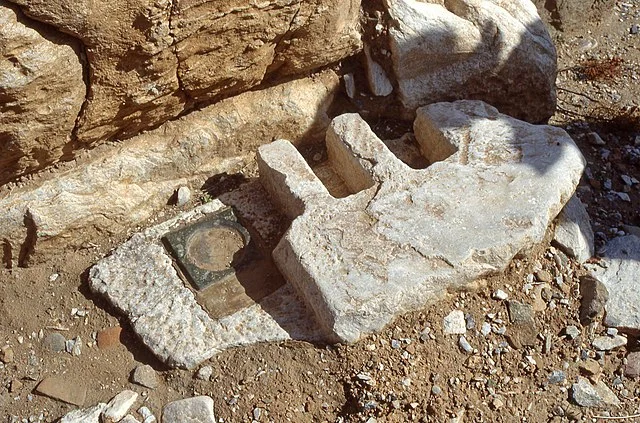
Excavations in Rhamnous have revealed significant finds. Among them are the remains of two temples: the Temple of Nemesis and a smaller temple dedicated to Themis, the goddess of justice. Archaeologists have also uncovered houses, roads, and fortifications, providing insight into the daily life of the ancient inhabitants. Pottery, inscriptions, and coins have helped historians piece together the city’s role in the broader context of ancient Greece.
Decline and Abandonment
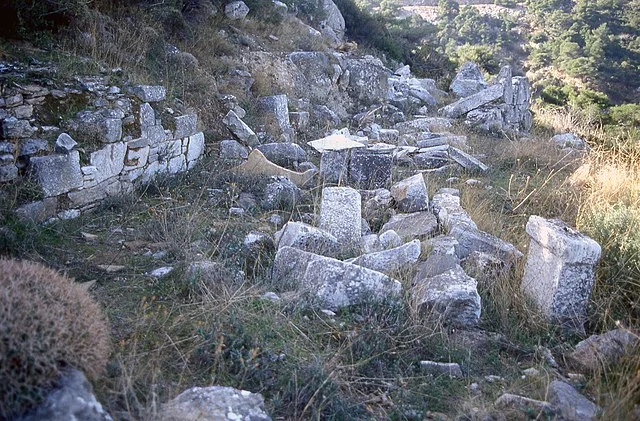
Rhamnous began to decline after the Roman period. Its strategic importance diminished, and by the early Byzantine period, the city was largely abandoned. Today, the ruins of Rhamnous provide a glimpse into the once-thriving community. The site has been partially excavated, with many of its features, such as the fortifications and temples, still visible.
Conclusion
Rhamnous was an essential part of ancient Attica, known for its military significance and religious devotion to Nemesis. Its ruins offer valuable insights into ancient Greek culture and history. The combination of fortifications, temples, and archaeological remains helps modern researchers understand its role in both war and worship.
Source:

